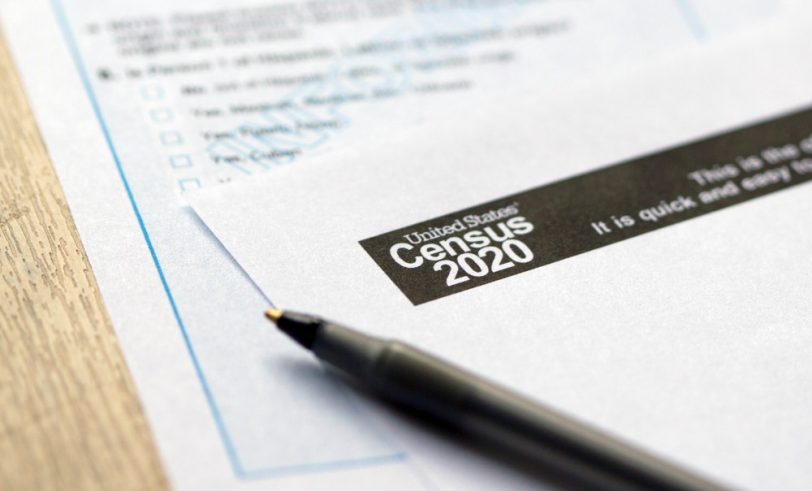The U.S. Census Bureau just released its updated state populations from the 2020 census, and the results were not good for Missouri.
Over the past decade, Missouri’s population grew by only about 160,000 residents, or 2.8 percent. This growth badly trails the national rate of 7.4 percent and every neighboring state except for Illinois. In fact, only eleven states in the country experienced less population growth than Missouri. Missouri dropped one spot in total population rank, from 18th to 19th. This is a significant decline from the state’s high-water mark of 5th at the turn of the 20th century.
Census results are important because they have real-world implications for states. Aside from being a measure of a state’s relative desirability, these population totals determine the apportionment of representation in Congress over the next decade. After losing a seat following the 2010 census, Missouri’s population is still sufficient to maintain eight congressional districts for another ten years, but Illinois was not so lucky. Along with Missouri’s neighbor to the east, six other states will be losing a congressional seat: California, New York, Michigan, Pennsylvania, Ohio, and West Virginia. States gaining these lost seats will be Florida, Colorado, Montana, North Carolina, Oregon, and Texas, which gets two additional seats.
While it can be difficult to fully understand what is driving the country’s population shifts, there appears to be a relationship with cumulative tax burdens. The state’s losing seats rank 1st, 8th, 10th, 18th, 23rd, and 26th in total tax burdens. On the other hand, the state’s gaining seats rank 11th, 21st, 32nd, 34th, 43rd, and 47th (Texas). While this isn’t the only factor in migration, people are indisputably moving from high-tax states to states with lower taxes.
State and local governments competing for residents via tax rates is not a new idea, and is something my colleagues have written about for years. Charlies Tiebout originally proposed the idea that people would “vote with their feet” by moving to communities with their preferred level of public services and taxes. If Missouri’s population growth continues to lag much of the country, there’s reason to believe the state’s taxes are contributing to the problem. Over the next decade, it should be a priority for Missouri’s elected officials to bring more people to the Show-Me State, or we could face the same fate as Illinois.



